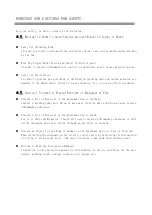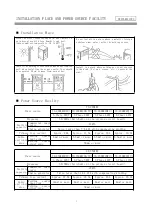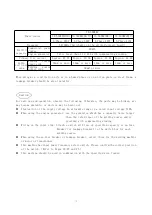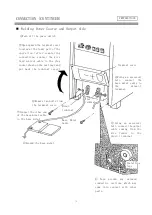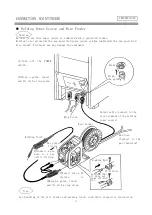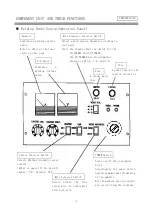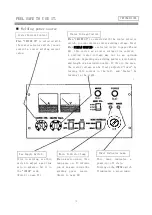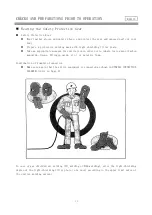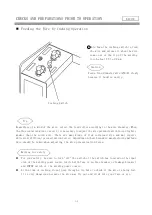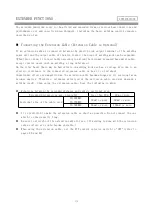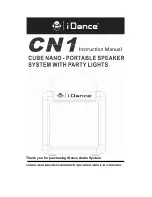
7
CONNECTION (CONTINUED)
Connecting the Gas Regulator
This is a high-pressure gas device. Erroneous handling could endanger your safety such as being
directly struck by a gas bomb due to a high-pressure gas. Prior to connecting it, be sure to
read its instruction manual.
There is a plug socket for the gas regulator on the upper rear side of the welding power unit.
Be aware of the following:
A pin layout of the plug socket is when you face the rear side of the welding unit.
The pins 2 and 3 have been short-circuited inside the welding power unit upon shipment.
As the heater power for the gas regulator, 100 V AC is applied to between the pins 1
and 3.
When obtaining the heater power from other than the exclusive plug socket of the welding
power unit, you will need a power source of 100 V AC, 2 A or more.
A quality of the gas used has a direct effect on welding. be aware of the following:
In case of CO
2
welding, use carbon dioxide gas with moisture content of 0.005% or less,
or "welding" carbon dioxide gas.
For a mixed gas in case of MAG welding, use MAG welding gas (argon gas with 5 to 20%
carbon dioxide gas).
When mixing two kinds of gas(carbon dioxide gas and argon gas) for use, use a gas mixer.
(In order to avoid irregular mixture)
Argon gas to be mixed should be high-purity welding argon gas(purity of 99.9% or higher)
PREPARATIONS
Warning for Safety
1
Attach the gas regulator to the gas
bomb with a lock nut and tighten it
fully with a monkey wrench, etc.
Connecting to the Plug socket for Gas
Regulator
Caution
Caution
Lock Nut
Gas Bomb
Gas Regulator
This is a power plug socket for
a heater to prevent freezing of
the gas regulator when welding
with carbon dioxide gas.
Never use it for other than the
heater power for the carbon
dioxide gas regulator.
④Be sure to ground
with a cable.
②Connect the gas hose to the gas
hose joint. (Fix it firmly with
an
accessory hose band)
Plug Socket for Gas Regulator
③Connect the heater cable to the plug socket.



